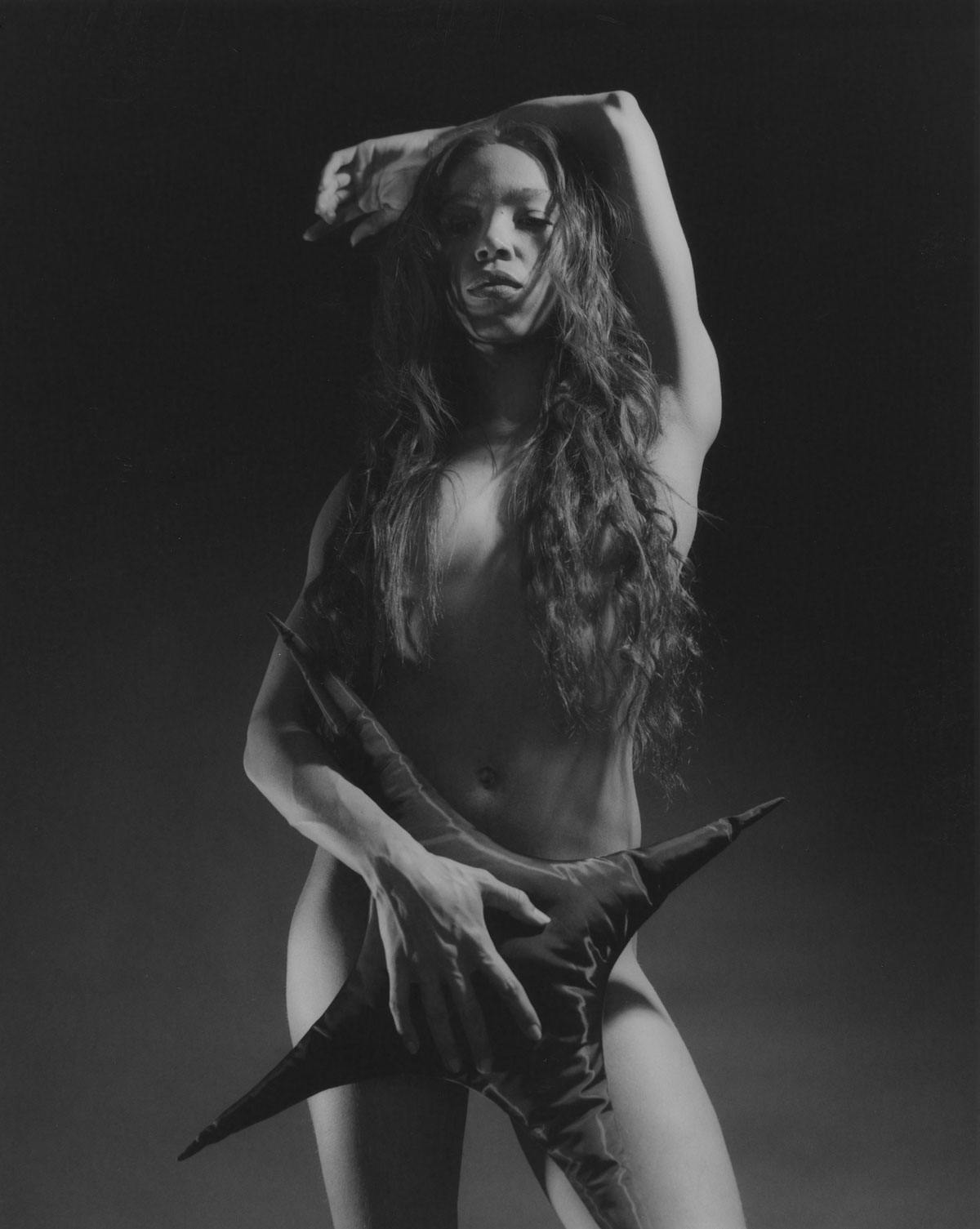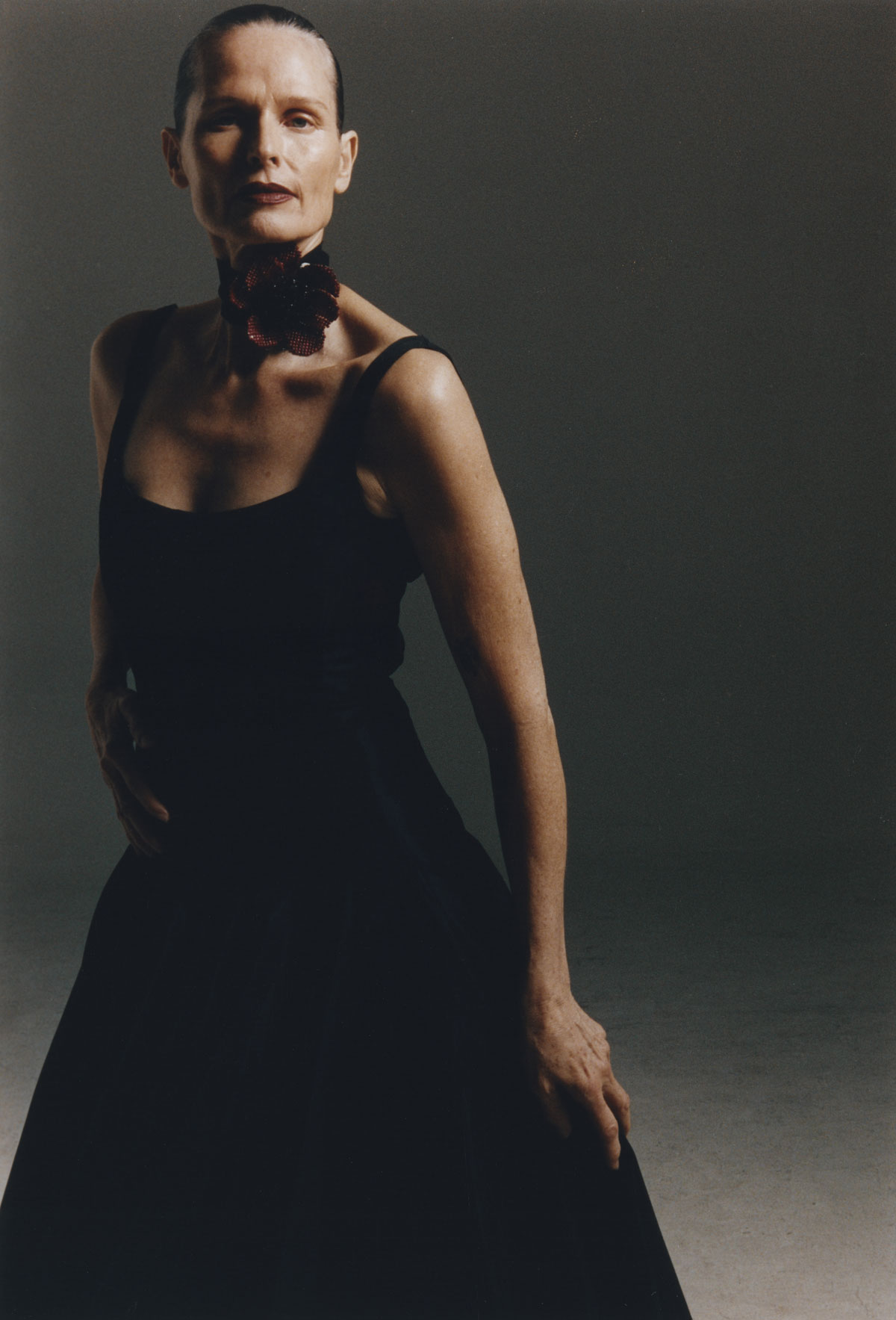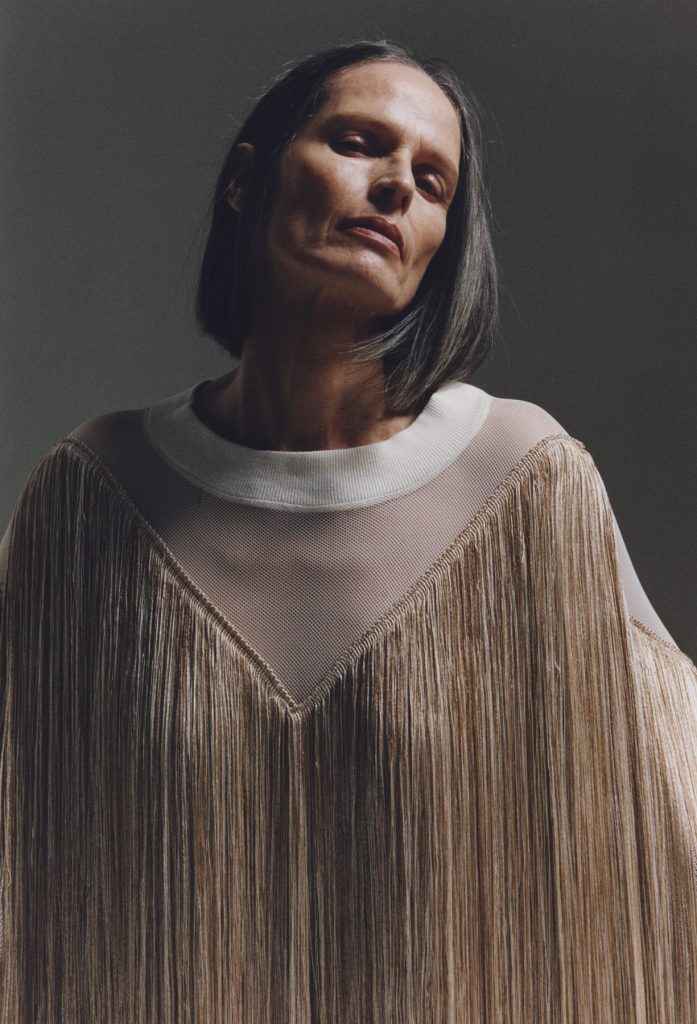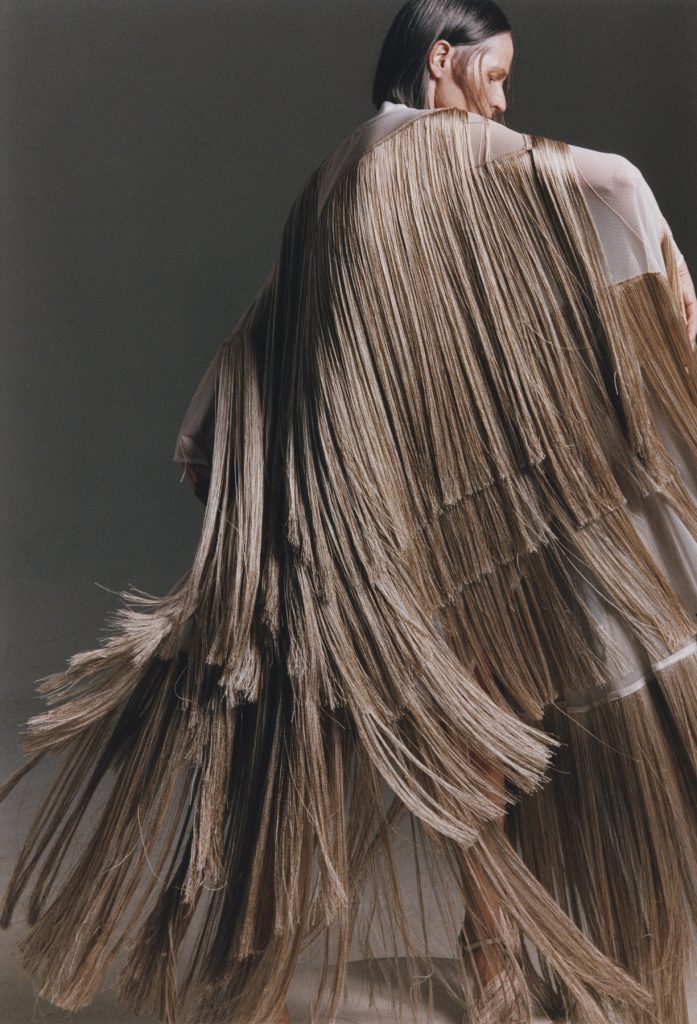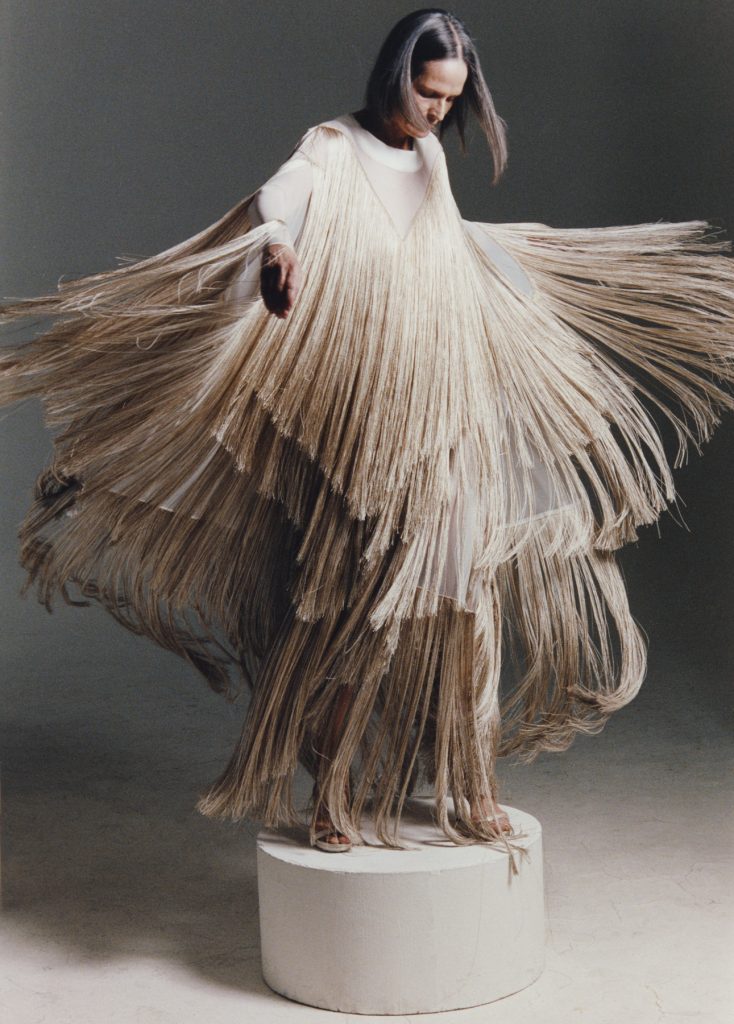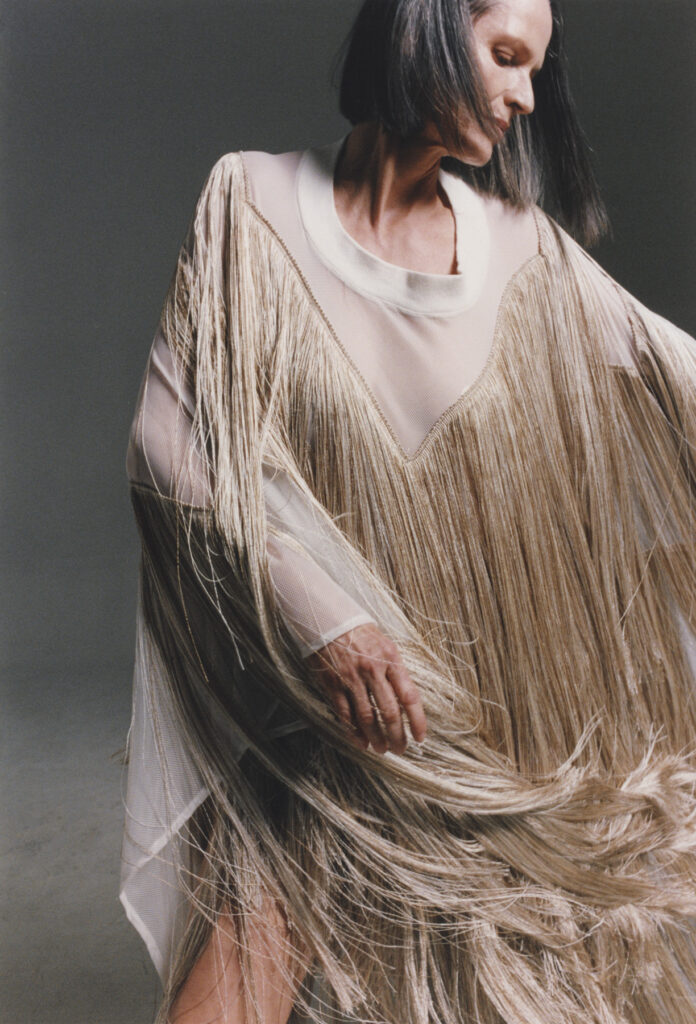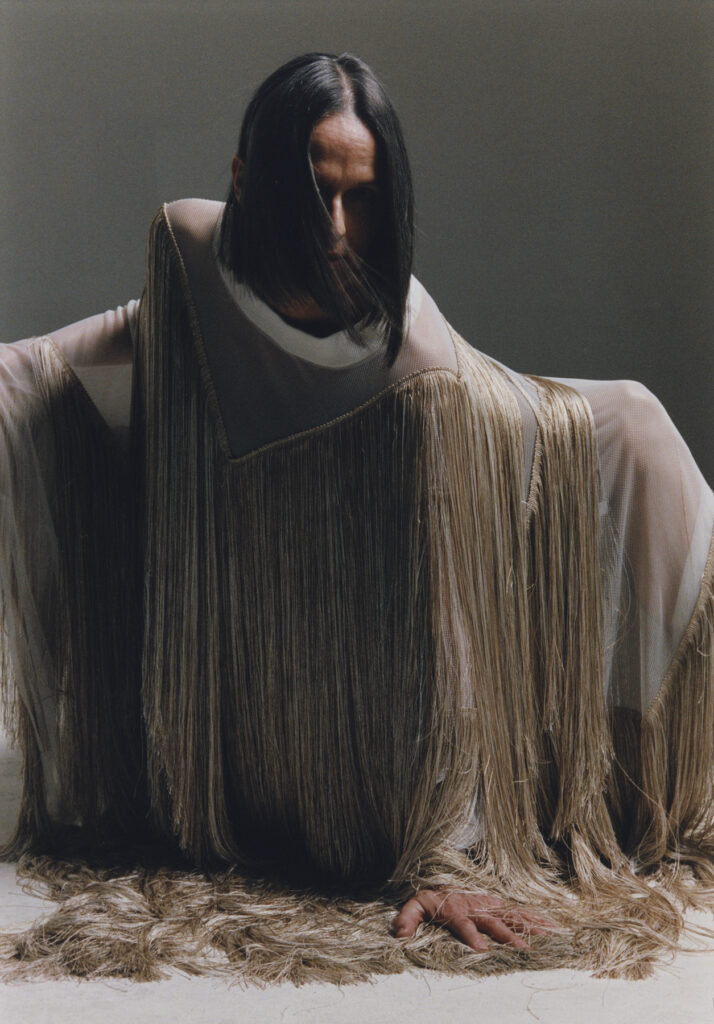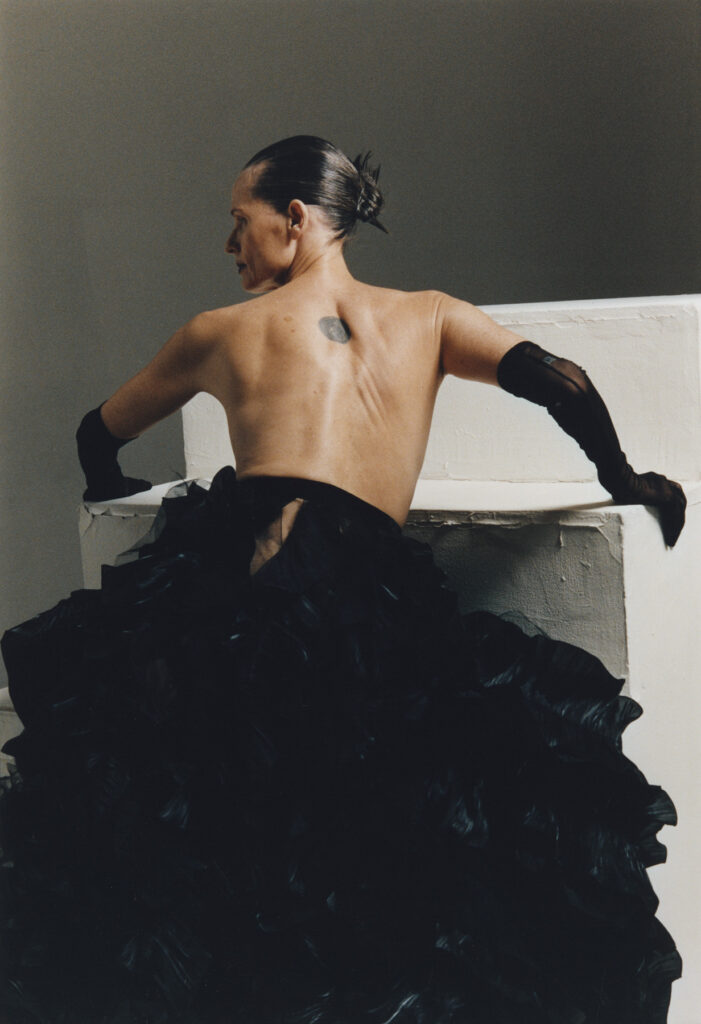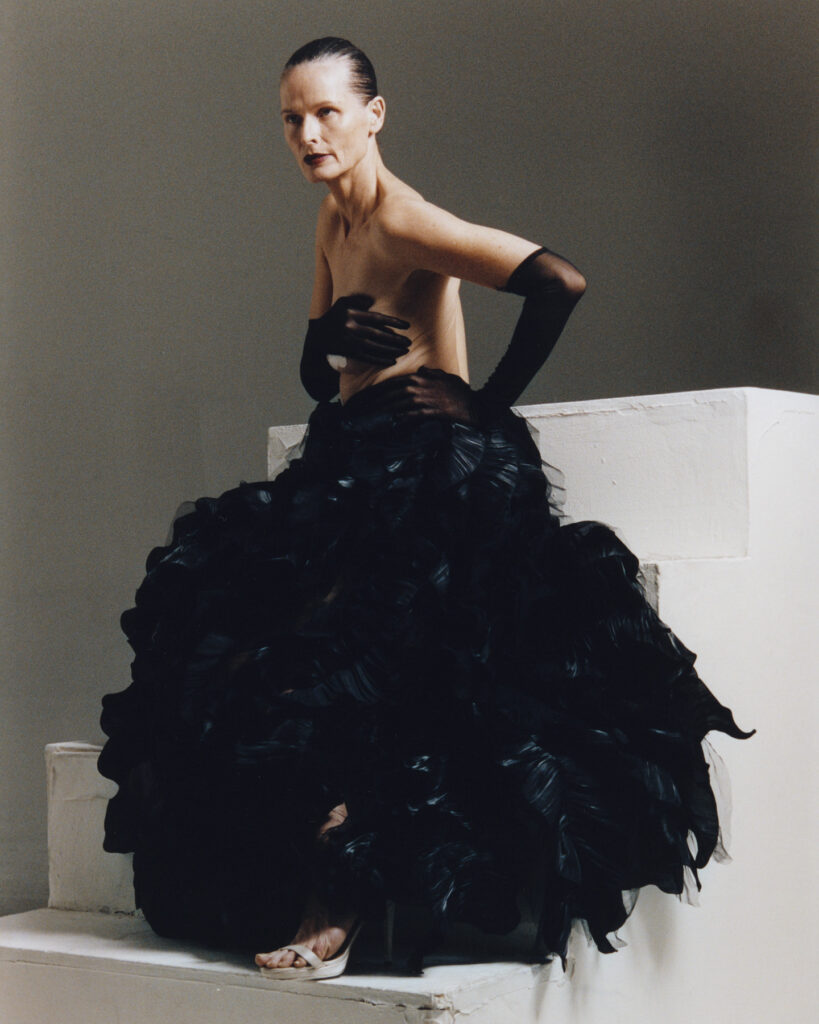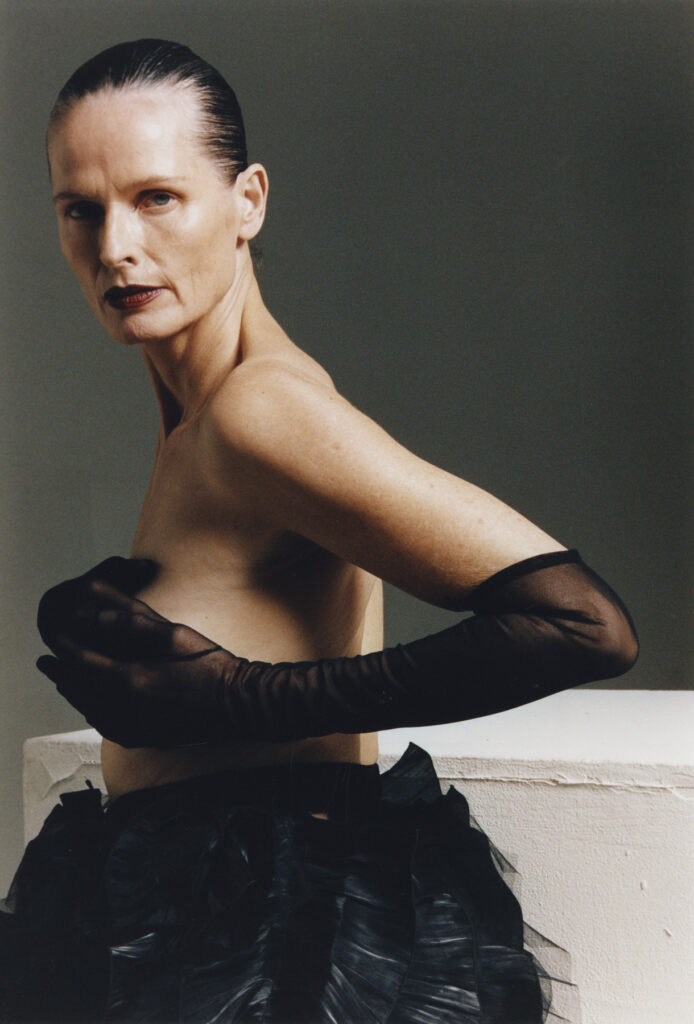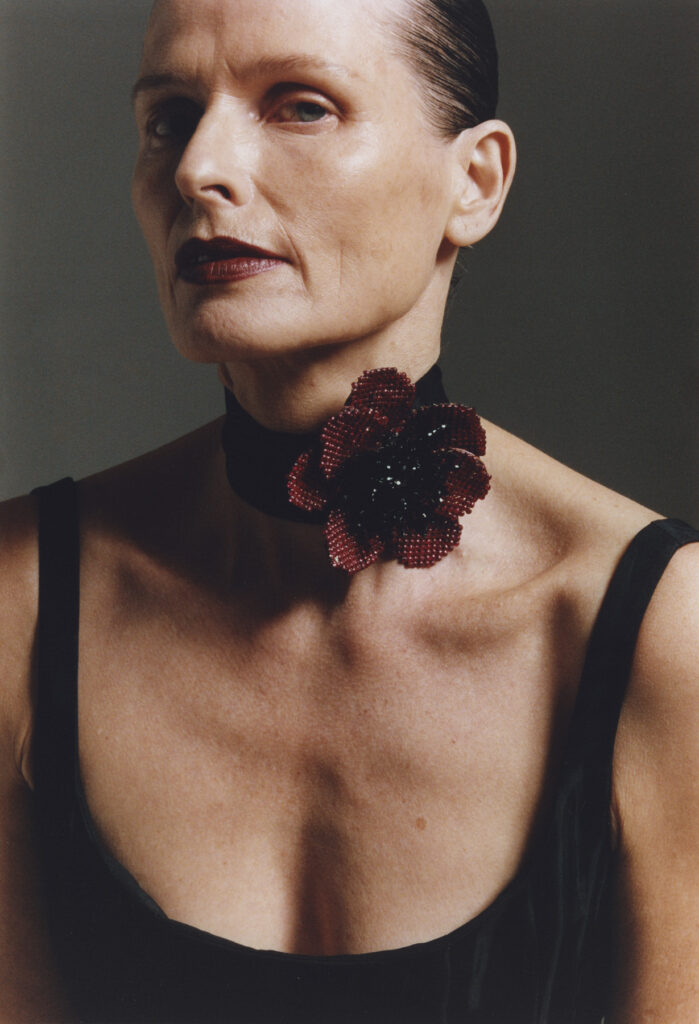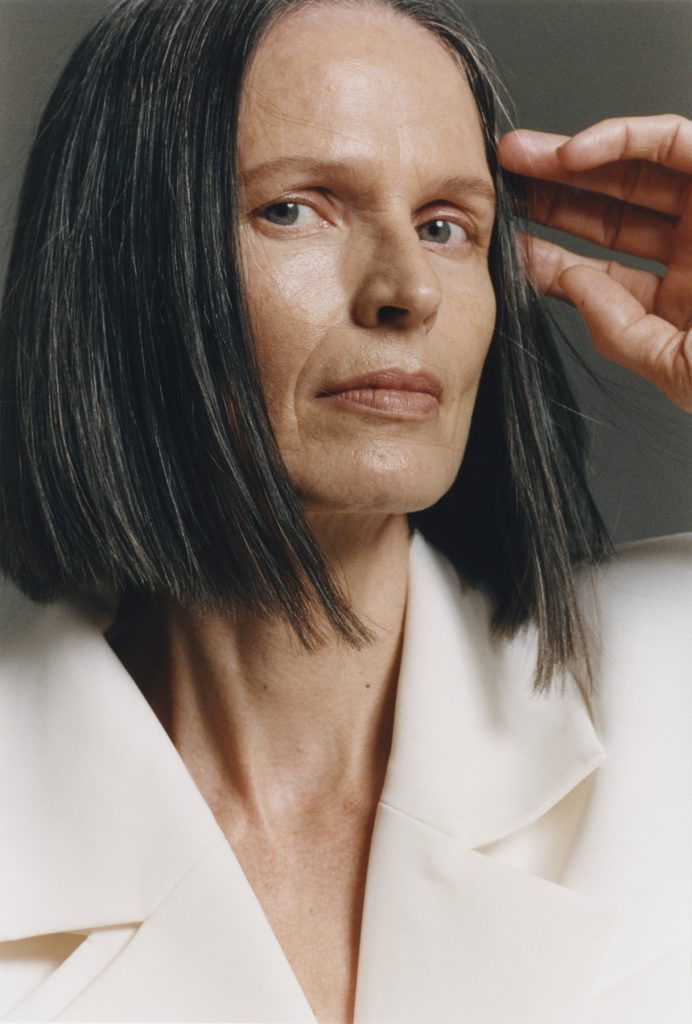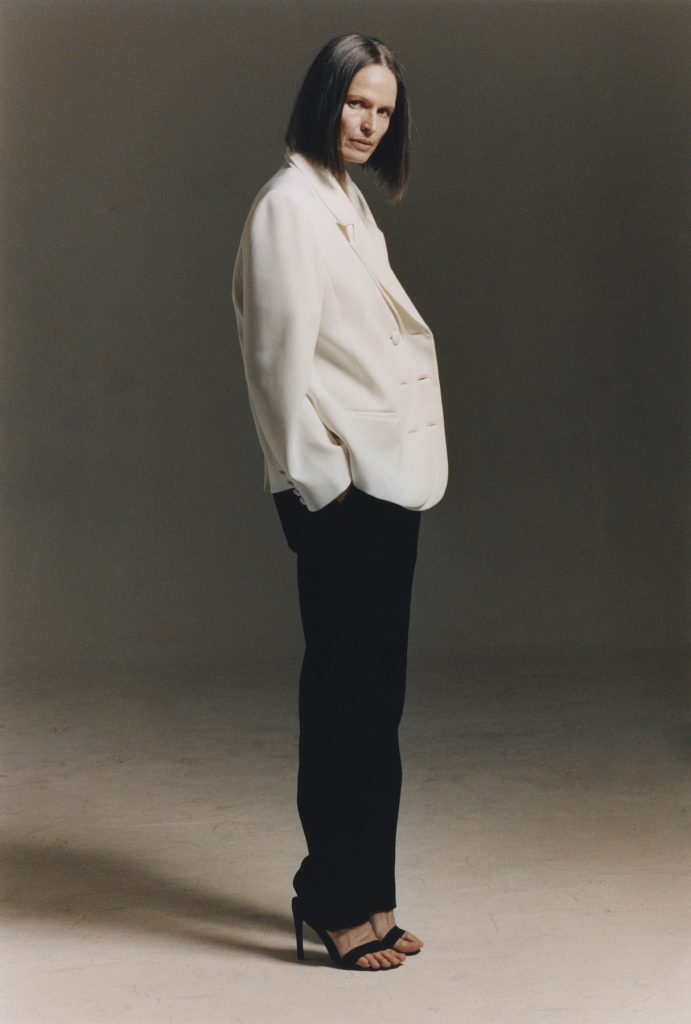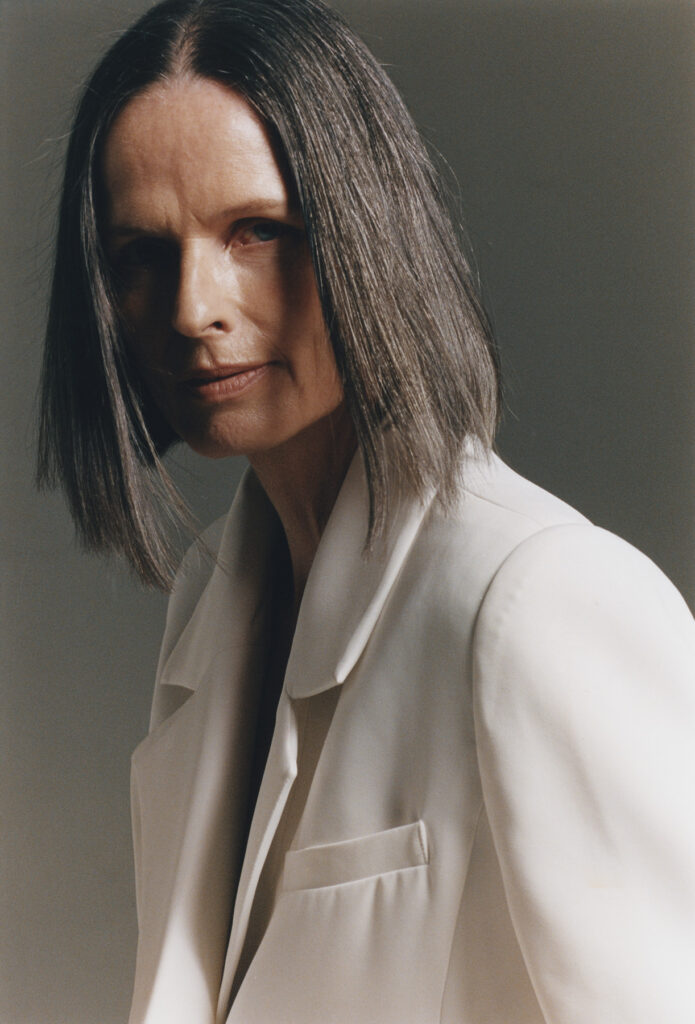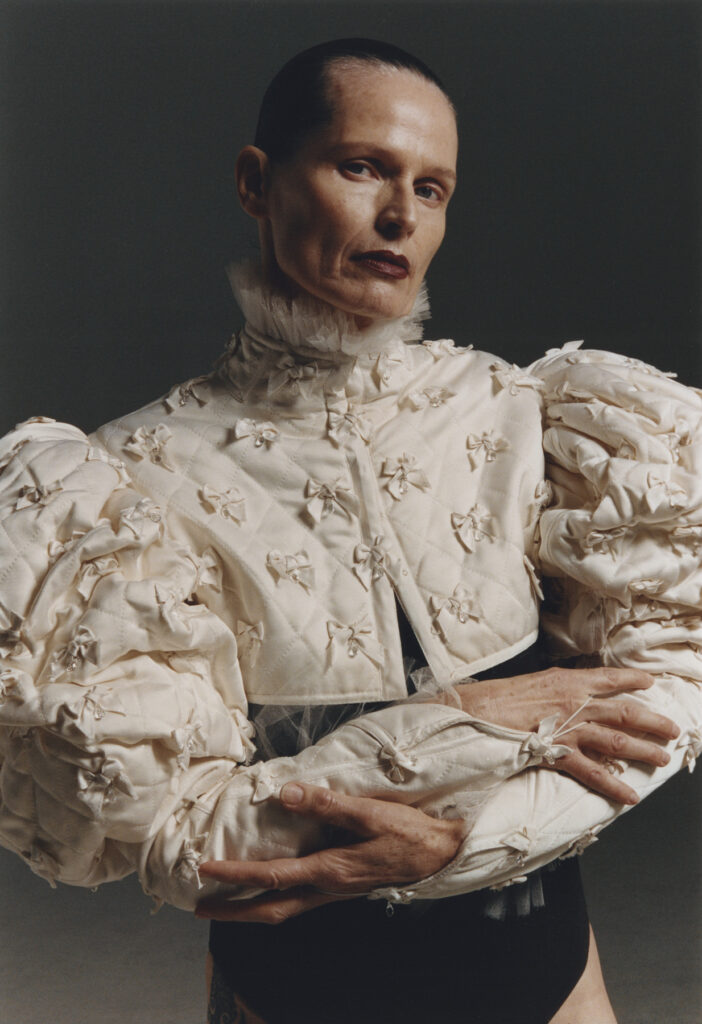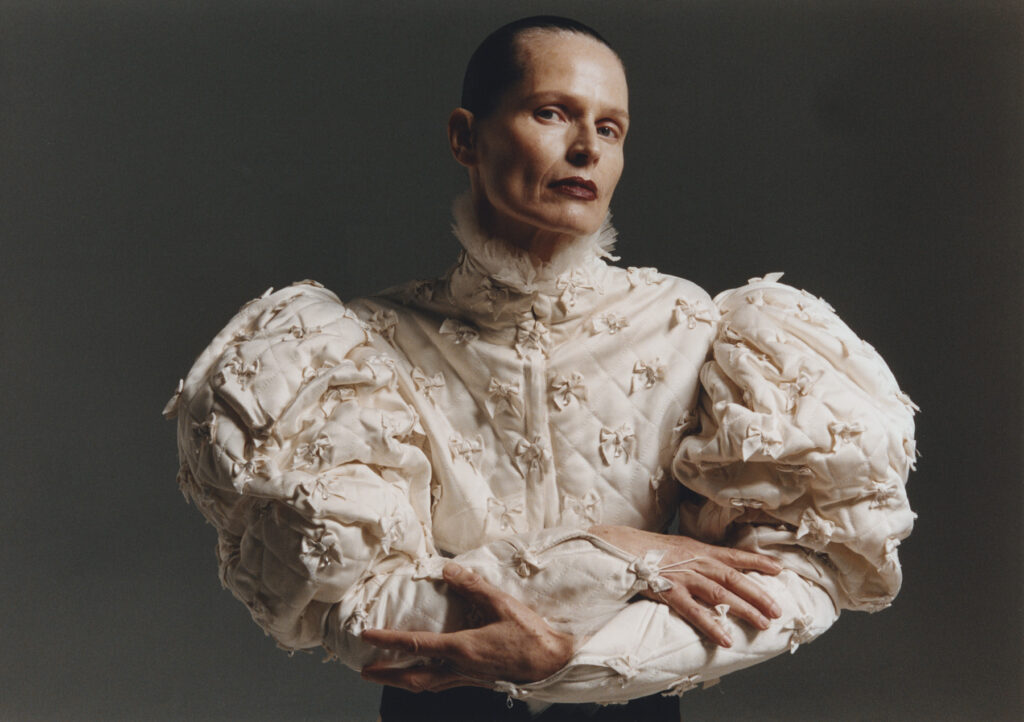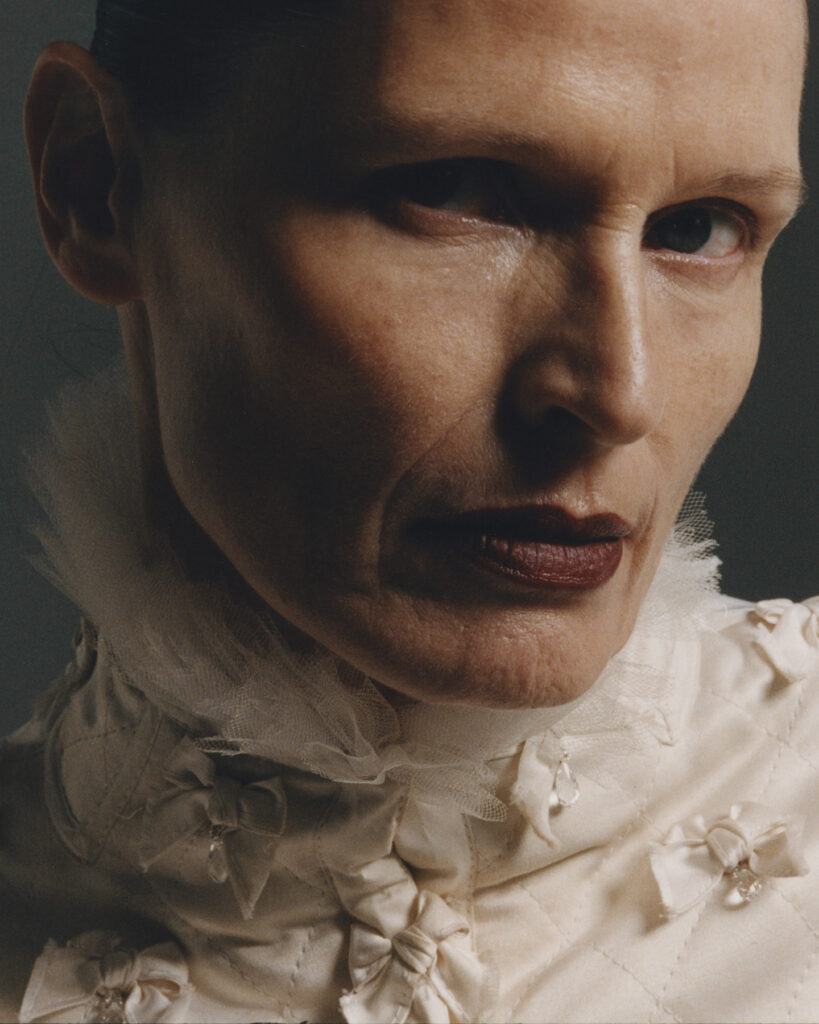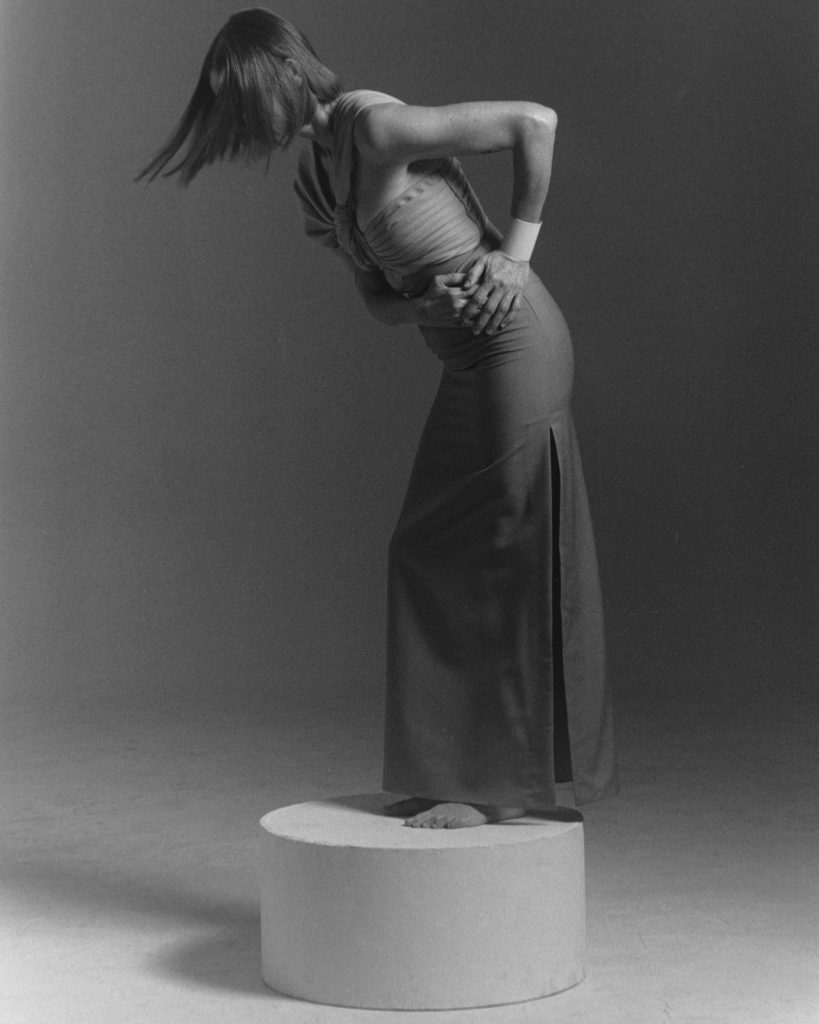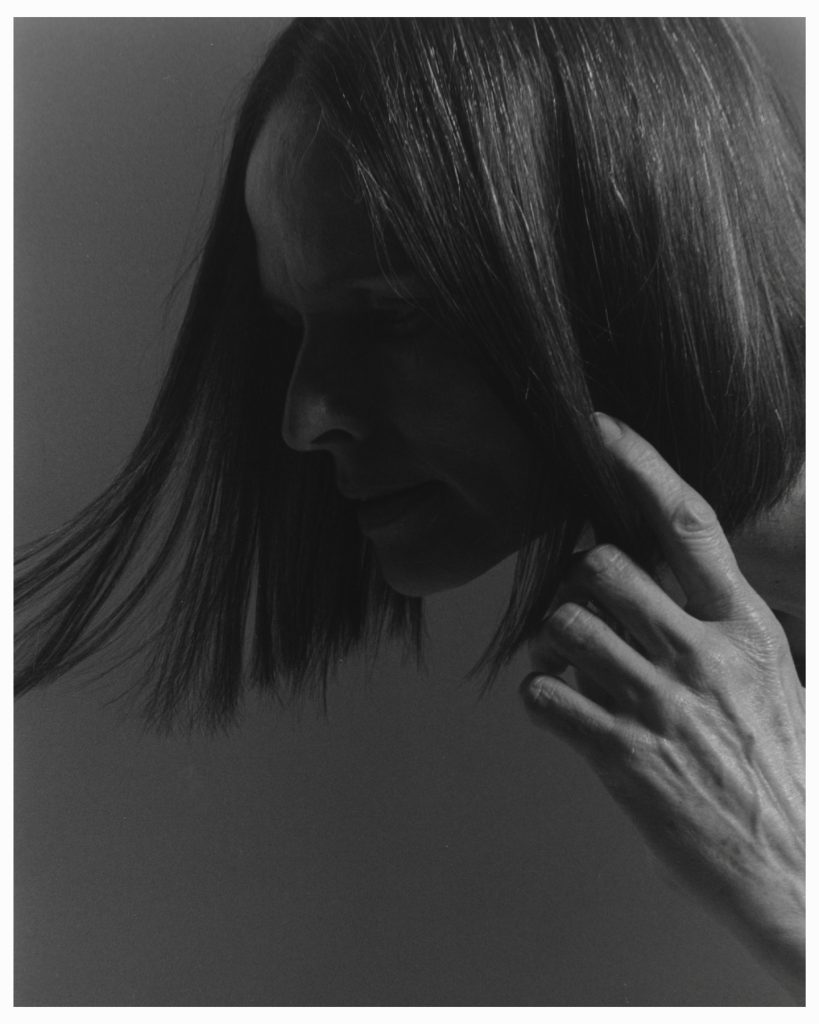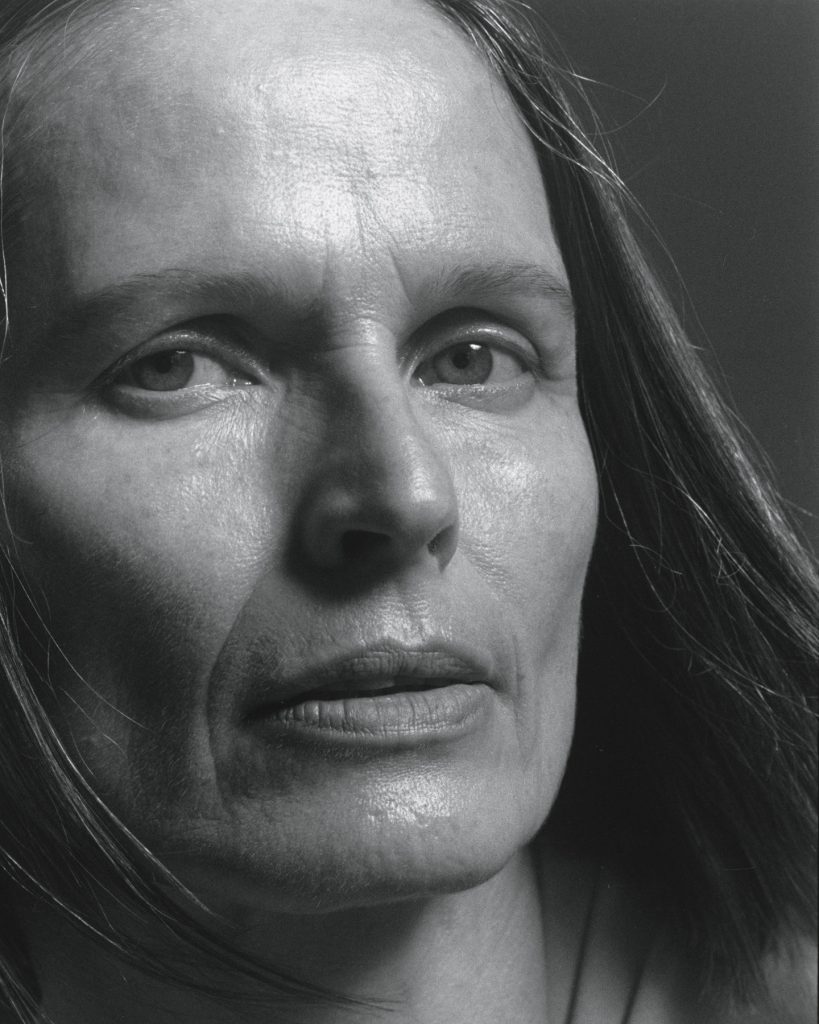
“I think that’s part of the magic of a show is like, not knowing what is gonna happen.”
With the release of her 2020 EP, Ache of Victory, the singer Zsela was able to satiate an audience who had been waiting for this moment. Her voice – deep, sultry, smooth – breezily carrying the introspective five-track record along, from start to finish. Ache of Victory was a while in the making, with the artist taking her time to make it. She collaborated with the producer Daniel Aged, who’s worked with the likes of Frank Ocean, FKA Twigs and Kelala – a strong indication of the kind of sound that shapes Zsela’s EP. But Zsela’s voice is distinctively its own. If Ache of Victory fits within the current realm of R&B, it’s worth noting that the singer has previously supported the likes of Angel Olsen and Cat Power – and Zsela’s voice exudes a real soulfulness. In 2020, she joined Porches for a cover of ‘Porcelain’ by Red Hot Chili Peppers as part of the synth-pop band’s virtual tour on Instagram. And as a native of New York, Zsela’s become something of a glittering presence in the city’s fashion and art circuits. She covered Madonna’s ‘Like A Prayer’ at MoMA PS1 for New York brand, Vaquera, at their “Vaqueraoke” in 2019, and performed Tim Buckley’s ‘Song To The Siren’ alongside tracks from Ache of Victory at the Whitney Museum’s 2020 annual Art Party. The cover of Buckley’s song appears on a three-track EP, Live! (2020), alongside a rendition of Nina Simone’s ‘Don’t Let Me Be Understood’ from a 2019 performance at Zebulon in Los Angeles, and a cover of Talk Talk’s ‘I Believe in You’ from Zsela’s performance at the iconic New York venue, Joe’s Pub (take a glance at the “Notable Performers” list on the venue’s Wikipedia page if you need confirmation).
More recently, Zsela sang at Marni’s S/S ‘22 show in Milan, as part of performance composed by singer-producer Dev Hynes. Dressed as a “Marni mermaid” (as per a post on Zsela’s Instagram), the singer was accompanied by a live orchestra as she performed the song ‘Guide You Home’. But what’s next for Zsela? When the pandemic started, she found herself in Los Angeles – where she continues to live for now. She’s got a string of tour dates in the United States this spring, and has also been working on her first full-length LP. Speaking to NR over email, Zsela explains that this album will be less a continuation of Ache of Victory than about “letting go”. And on a phone call from LA, Zsela discusses taking her time with the album, the joy of performing live and her excitement for sharing new music.
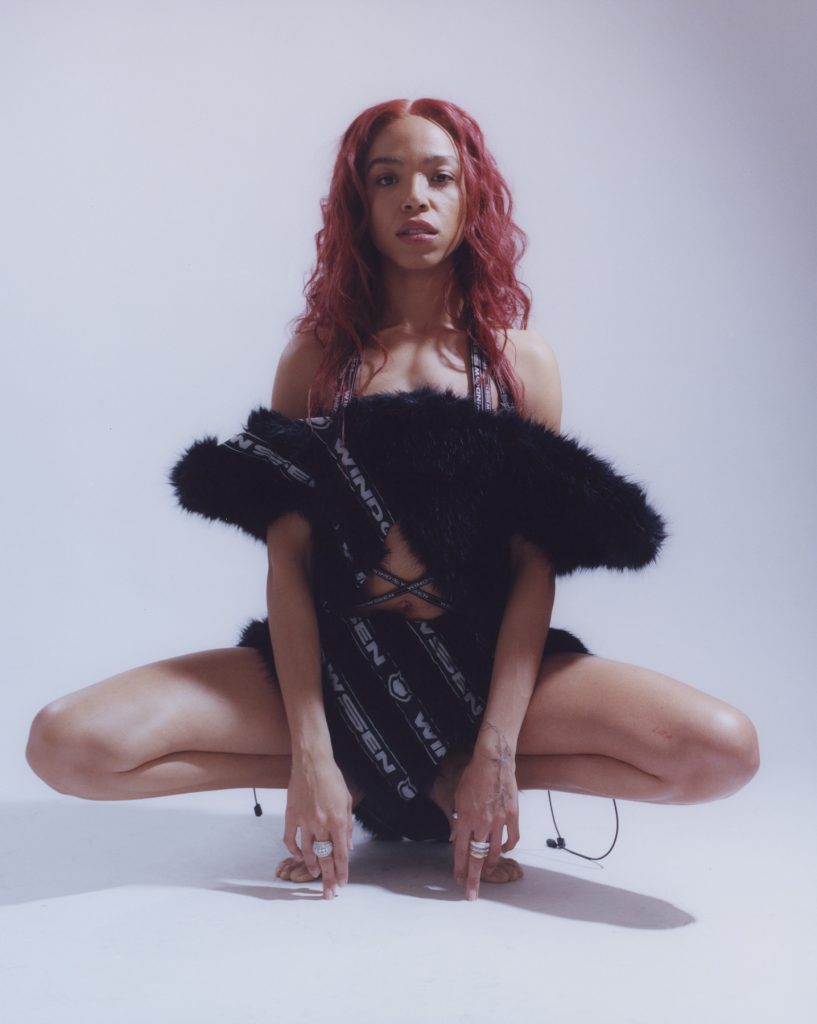
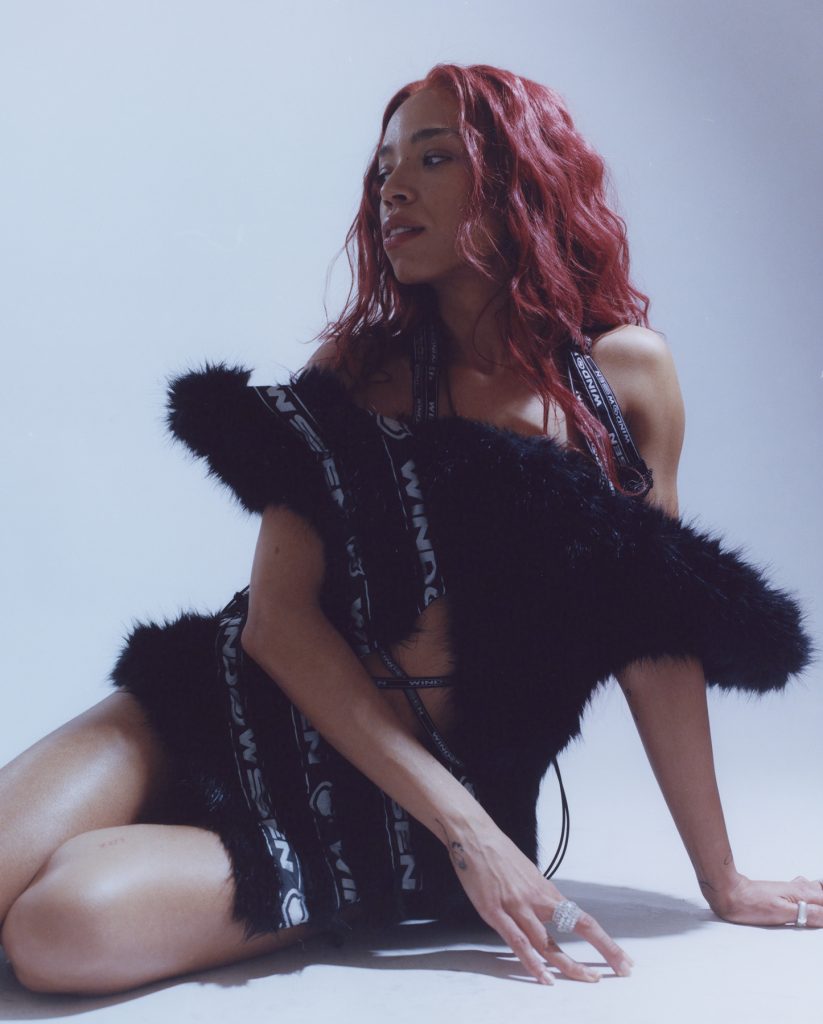
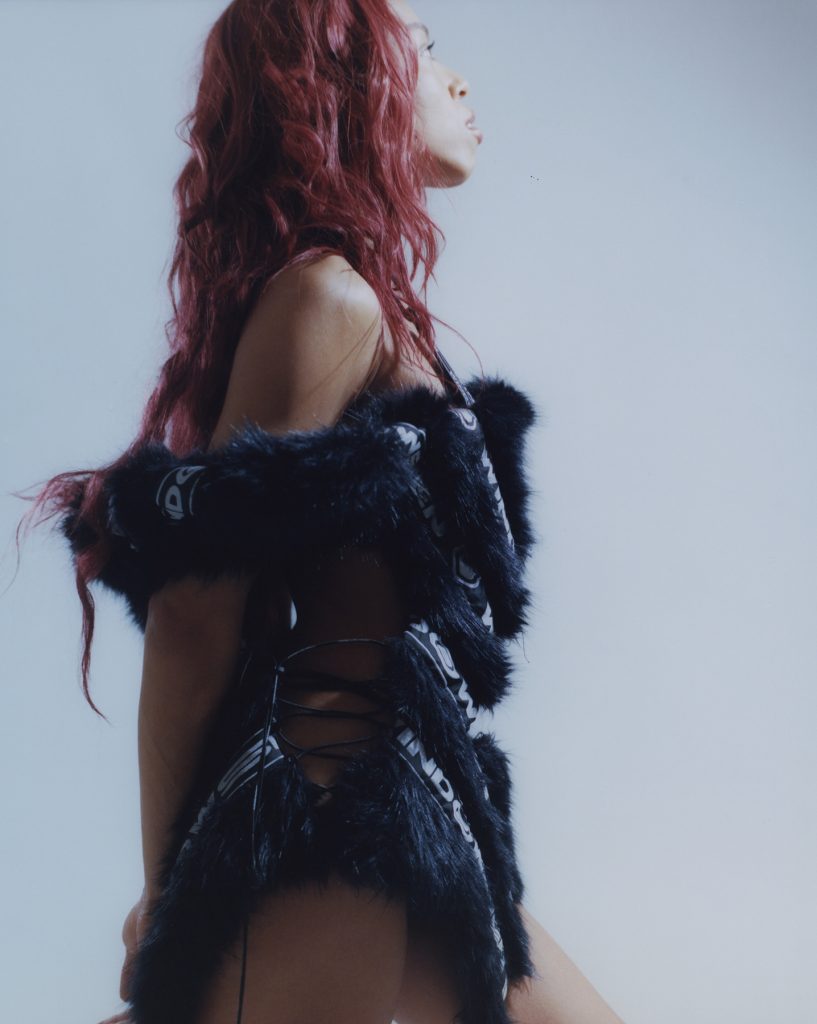
NR: You’re currently working on your first full-length album, how’s that going? Over email, you mentioned that this is about ‘letting go’, rather than being a continuation of your EP, Ache of Victory?
Z: Well, it’s been a slow process. It’s finally starting pick up and things are coming together. I guess it’s kind of my brand [to take] time. It’s intentional and not intentional, because, at the same time, I’m just trying to be okay, or be better with myself with my mind and my environment – to be healthier. And that’s a slow process. At the same time, I’m so excited about the songs and I feel like, if over time I still have that drive and momentum for what I’m making, then I guess that just proves that I like them still – so I want to put them into the world. Right now, I’m seeing the light a little bit – getting things done – and that feels really exciting.
In terms of “letting go” versus continuation – with the EP, I was on such a mission to get that done because I had been sitting on those songs for a long time. Me and Daniel came up with this world of sound that we really drew from, and everything fit into that. But recently, I’ve been letting go completely because I feel that I’m happy with that introduction to me – but [also], there’s so much more that I want to let people into, about myself. And for the first time, the songs that I’m writing right now are doing that – they’re letting more out and more in. I feel that I’m letting more out through a different tone; Ache of Victory was a very strong singular tone. And this now feels like there’s more freedom; I’ve been feeling freer and less worry. Ache of Victory was wrapped up in a lot of pain; pain that I felt. So, letting go is related to that because, especially this year, we’re not out of the pandemic, and there’s so much pain. I was watching an interview with Prince where he was like, “music should uplift, only”. And hearing that, I’m like, yeah, I want to do that. We need that; I need that.
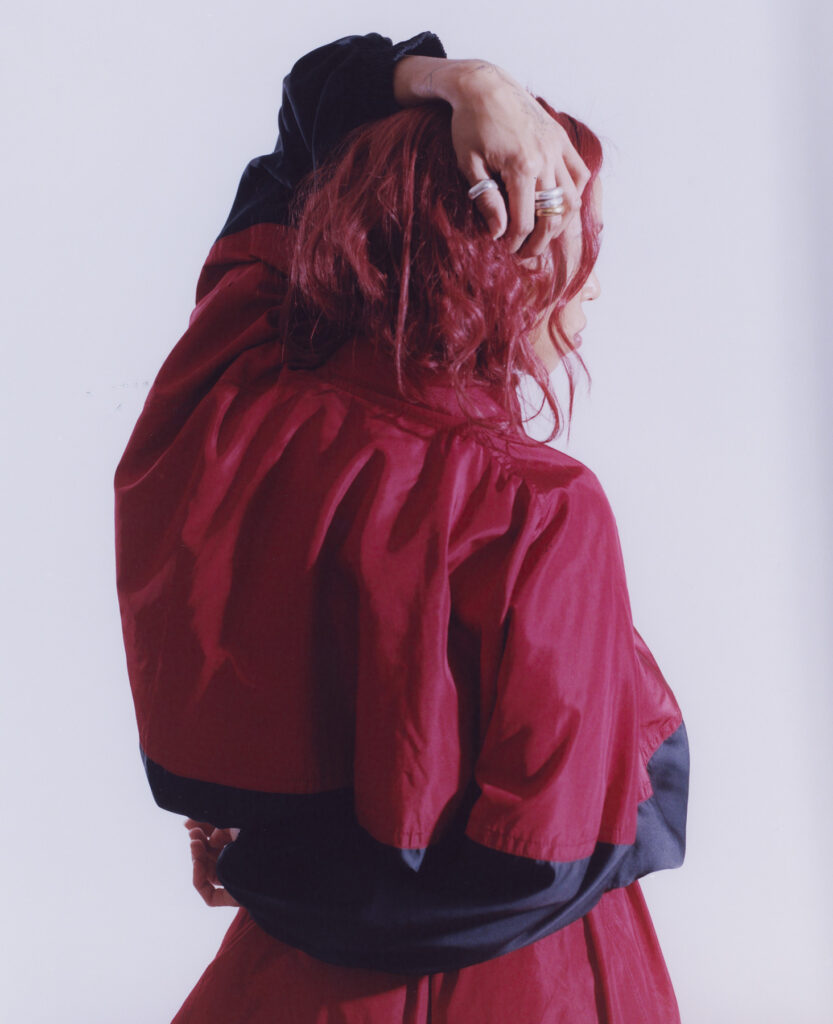
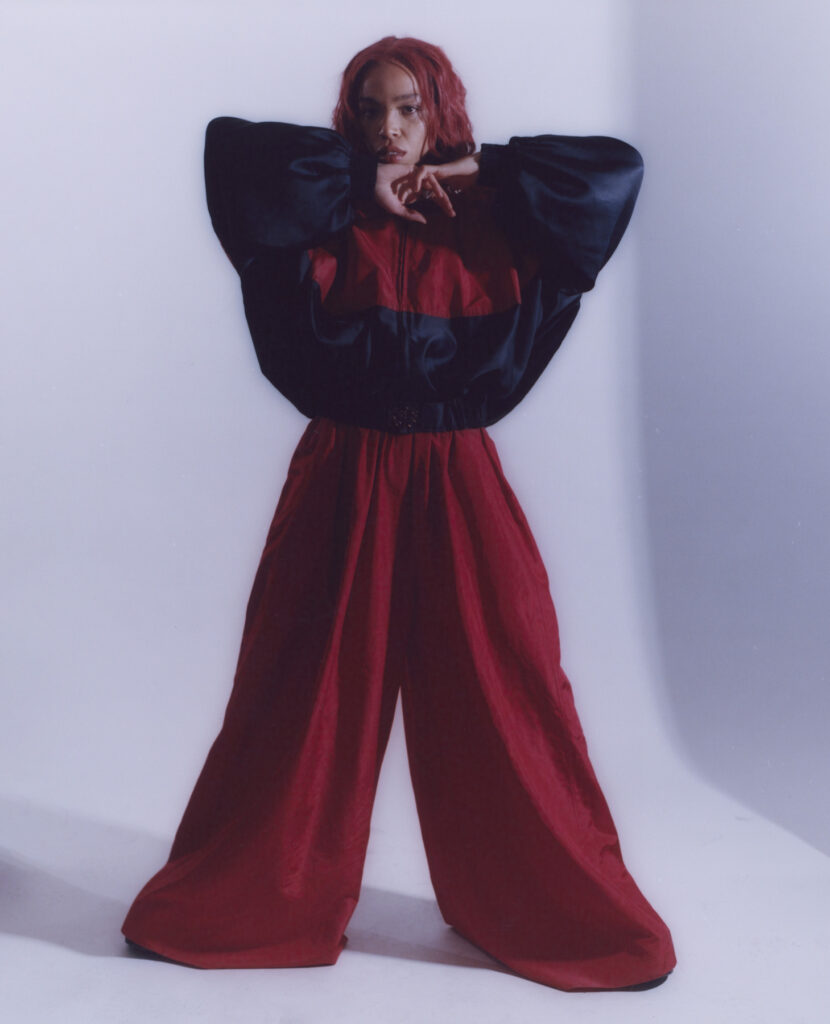
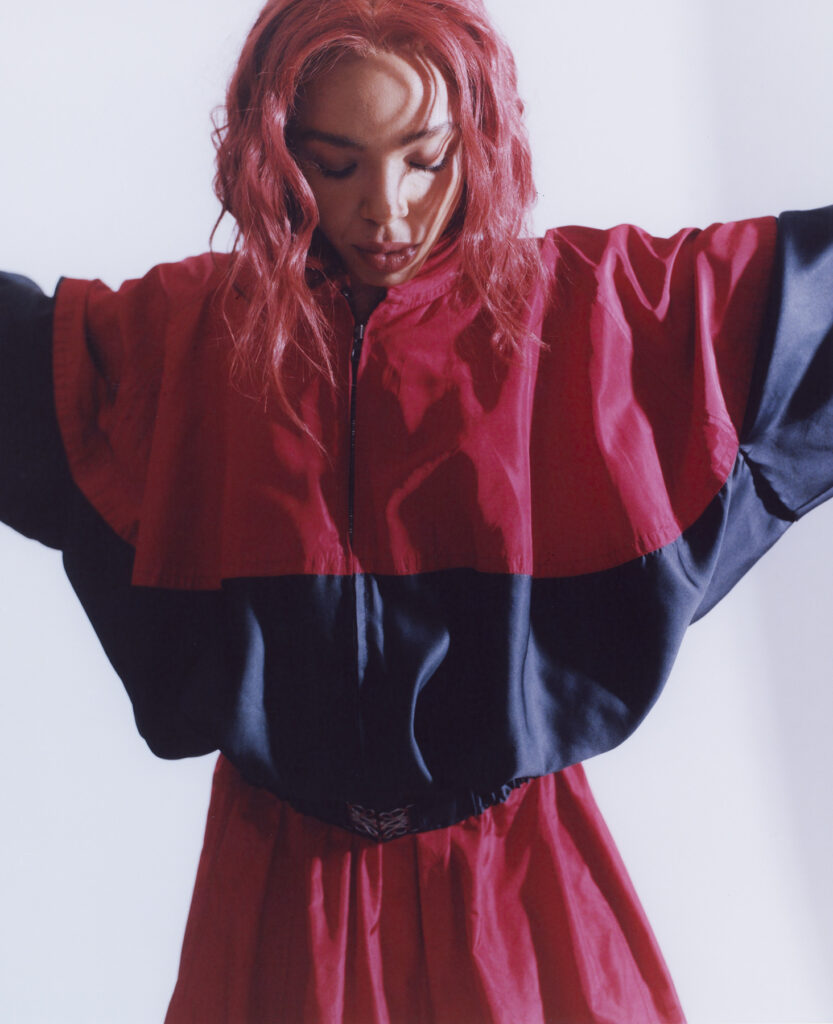
NR: As you say, you’re taking your time and seeing how things go, but do you have a sense of how this album will work and when it’ll come to light?
Z: I think there will definitely be new music this year. How much of it, and in what shape, I don’t know. But, talking about the album versus the EP, I’m wanting more levity in my life.
“There’s so much you can’t control and there’s so much uncertainty, but I’m chasing levity.”
And I’m doing that in this new music too, in a new way that wasn’t a priority with Ache of Victory. When I said [over email] that “fun is a priority in my creation process”, it really is for me now because making something from nothing is a beautiful experience. And to have fun with that is something I want because there’s so much else that’s part of the process that can be painful. Or, obsessive, like – “Oh my voice makes it sounds like this.” But I’m having a lot of fun with songwriting and seeing where my voice can go physically.
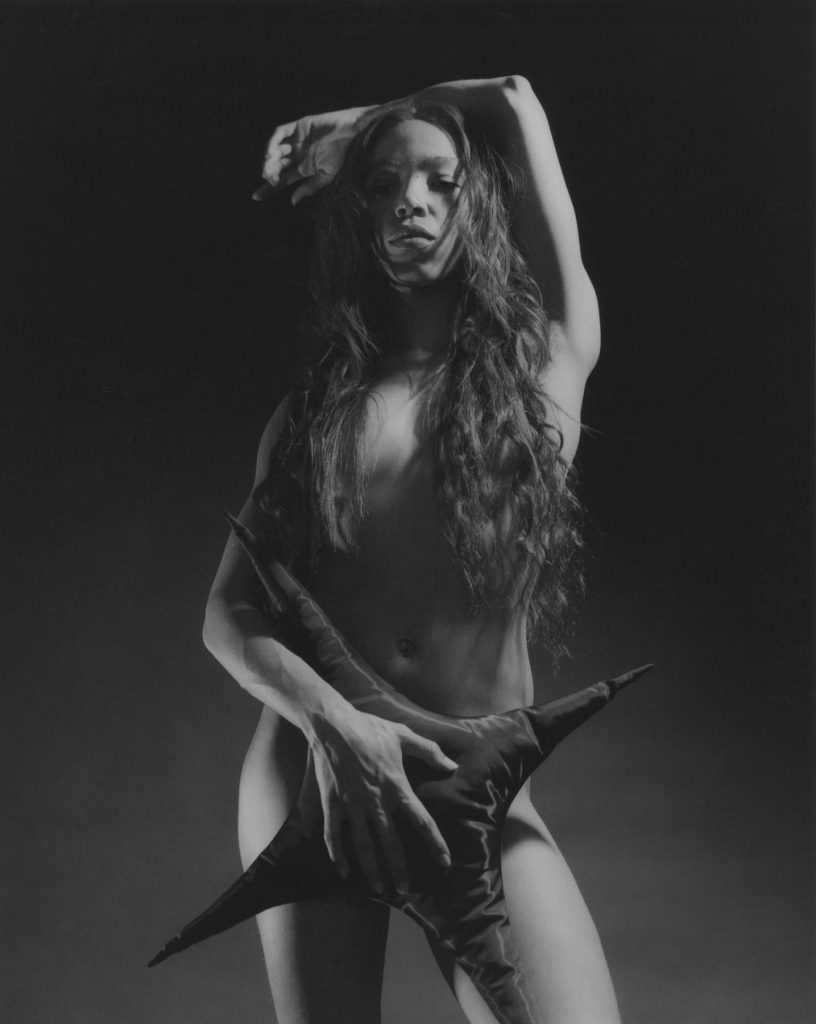
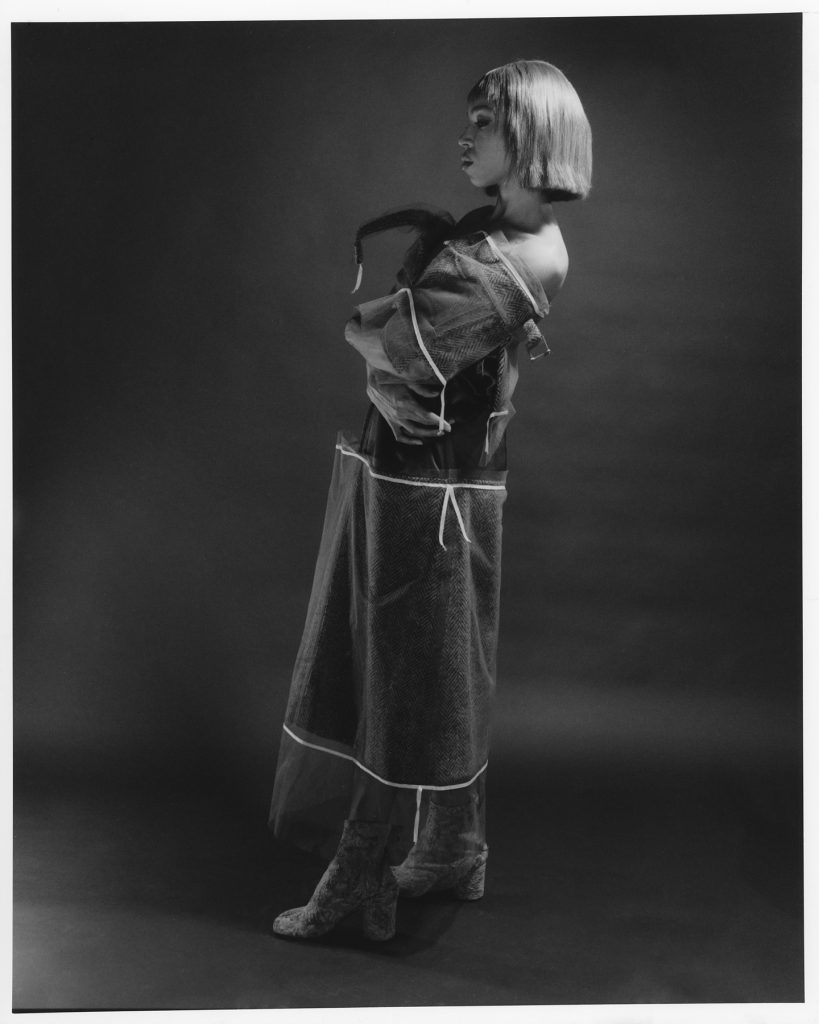
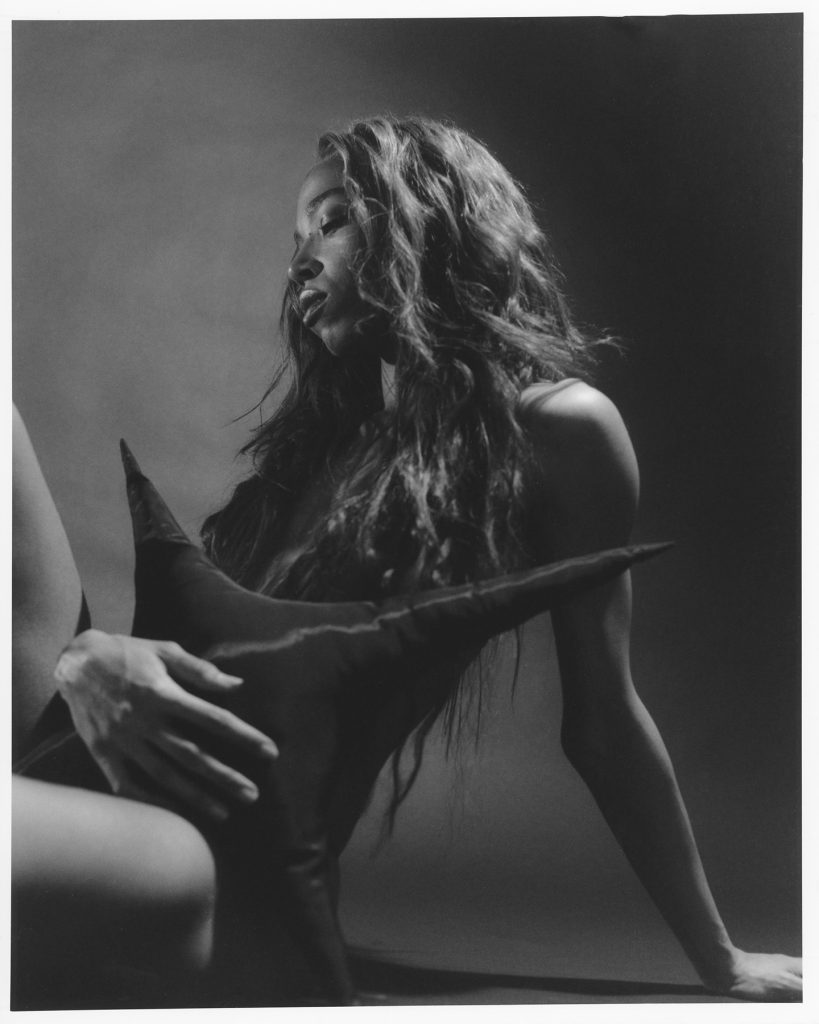
NR: The theme of the magazine if ‘celebration’ – so I wonder, does that apply here, especially as you’re talking about introducing levity to your new work?
Z: Yeah, I think it really does. I think it’s very in the realm of what I’m talking about, I’m very interested in anything that we can [try] or celebrate.
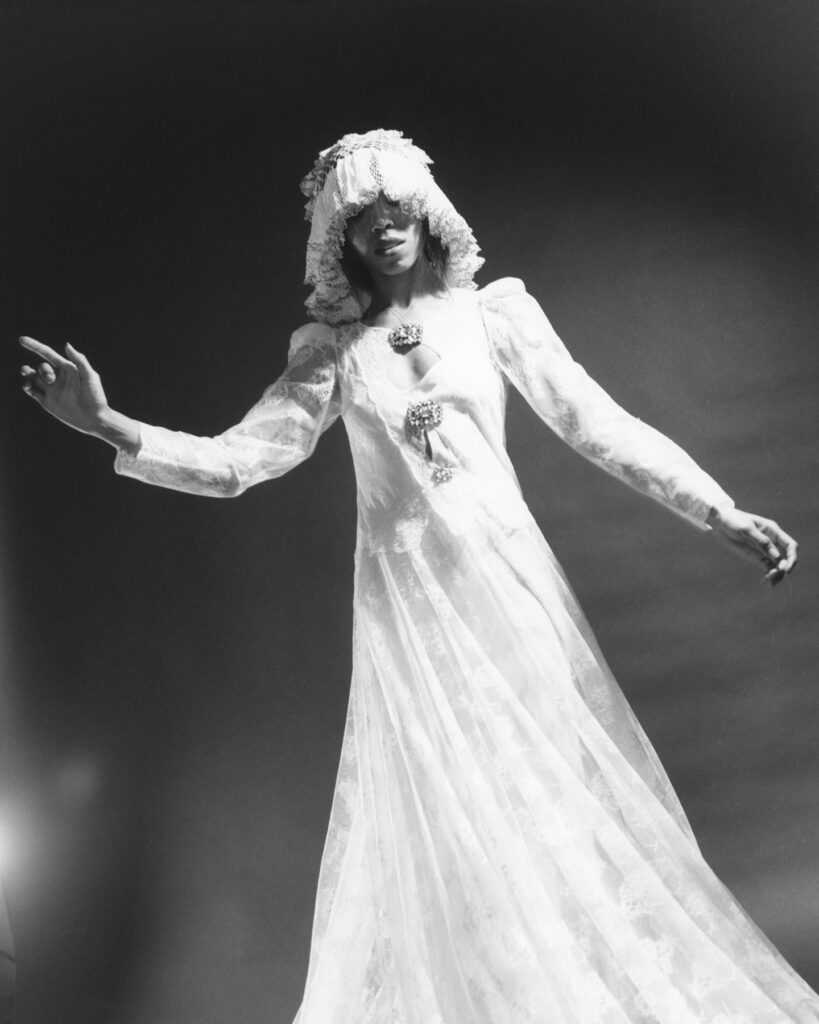
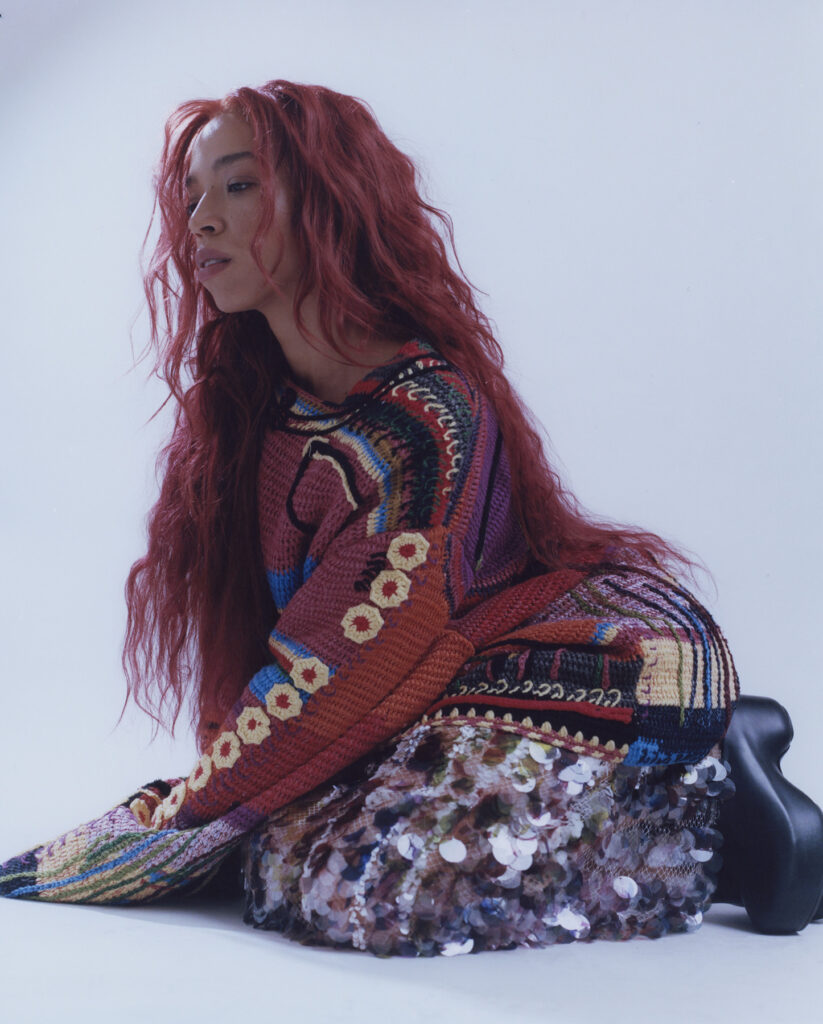
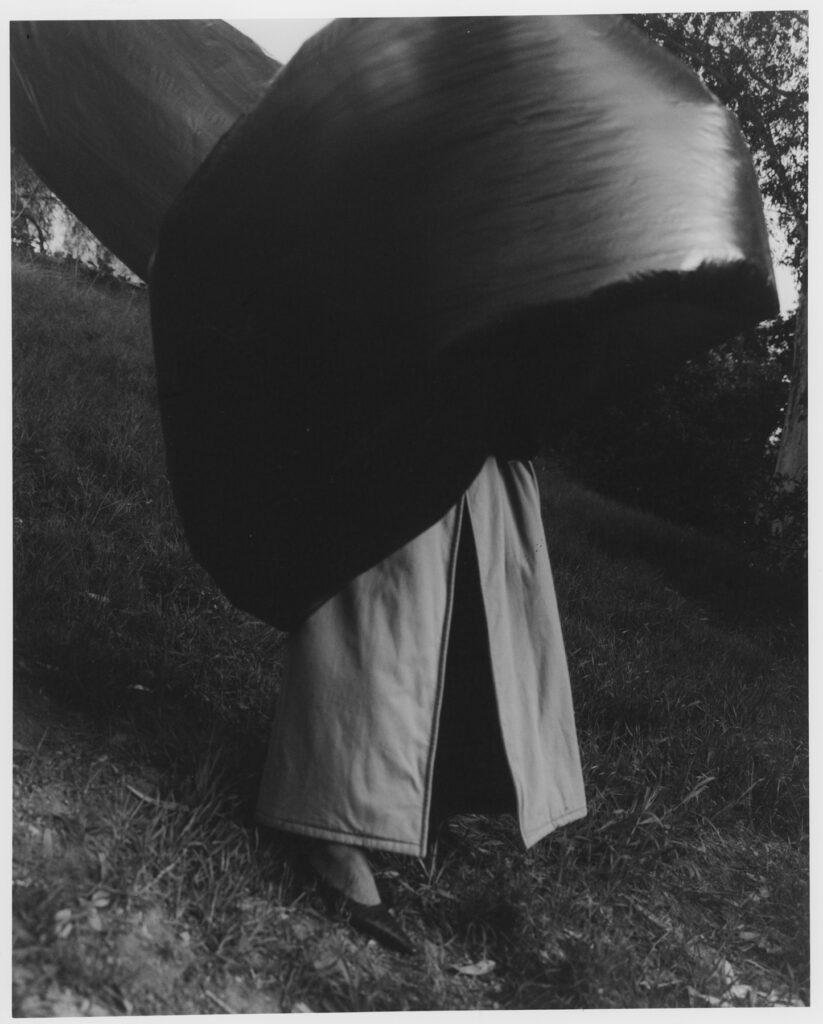
NR: When it comes to performing live, does that give you an opportunity to test out new music or to experiment with something?
Z: When I went on my first tour, my first and only tour, I was playing songs that were already recorded. And that’s pretty normal, but right now, I’m about to go on a tour again and I think I’m gonna do a lot of new songs. I’m really excited because I’m learning that it’s a rare opportunity to be able to sing something before you’ve recorded it. When I did my first tour, I realized how much you learn from singing them and you’re like, “Oh – I probably would have done it like this.” So I’m excited to be able to try things with these songs before they’re actually finished. Especially because, with what I’ve been saying about trying new things and sharing more of myself,
“with these songs, I feel like I want them to breathe a bit in a way that I can learn from.”
I’m really excited for them live; I can already feel them live. Before, with Ache of Victory, I wasn’t really thinking about that as much when I was making them. But with making these new songs, it’s been more like, “Oh my god, I’m really excited to play this one.”

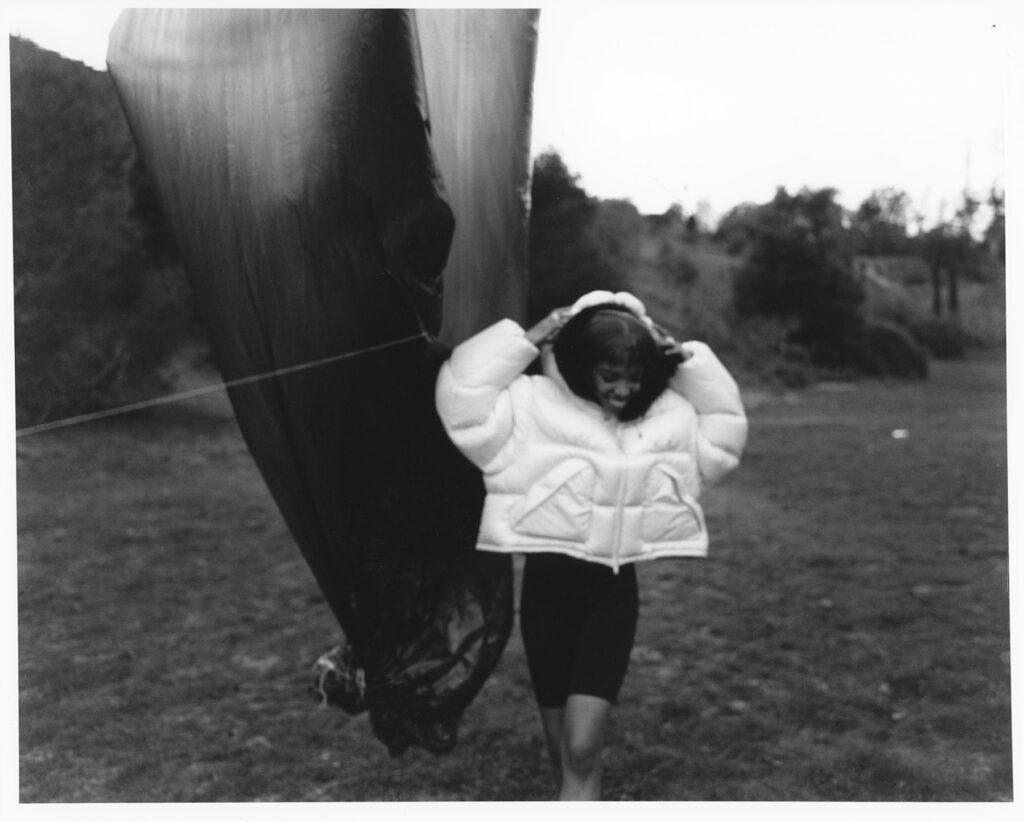
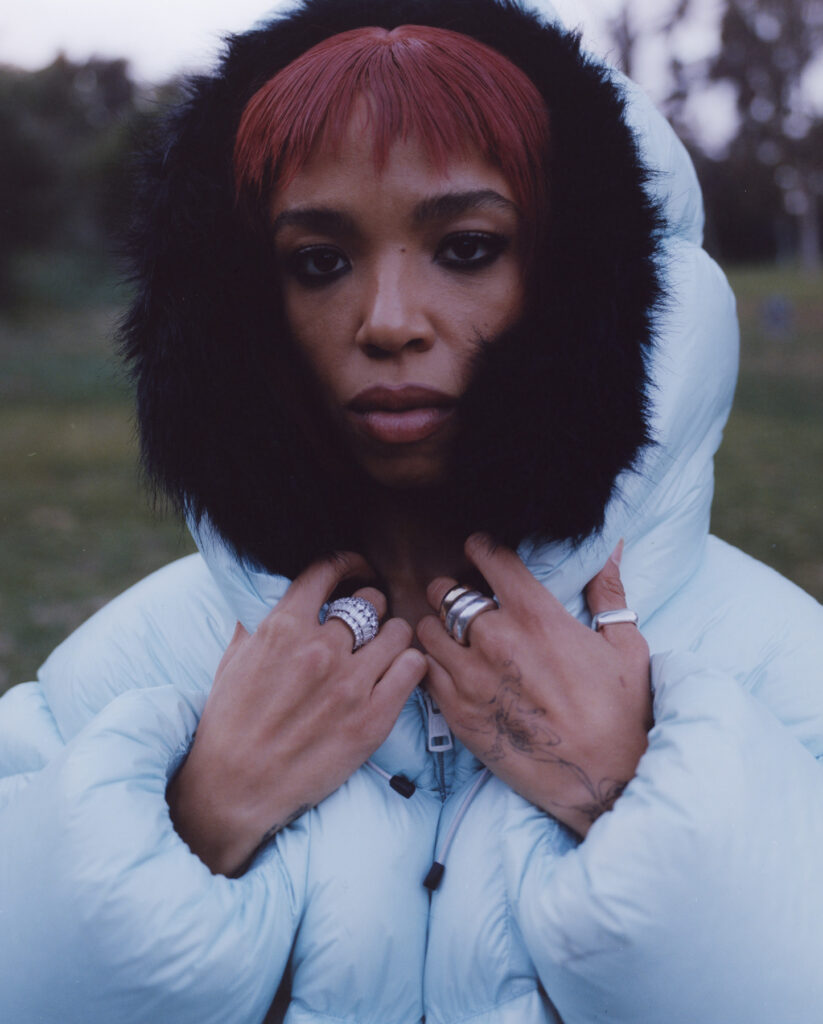
NR: How does performing at fashion shows, versus gallery spaces, or on tour compare?
Z: I don’t know how to compare – like, playing at a church, versus a bar, versus a wedding I didn’t know was a wedding, the Whitney? I don’t know. There’s no real comparison. But I think that’s part of the magic of a show is like, not knowing what is gonna happen. And being in different environments and being able to shift the energy – that’s exciting to me.
NR: So what is the joy, or pleasure, of performing live for you?
Z: Singing into people’s eyes.
Credits
Talent · ZSELA at ELITE MODELS NEW YORK AGENCY
Photography · MIKAYLA JEAN MILLER
Creative Direction · JADE REMOVILLE
Fashion · SHAOJUN CHEN
Makeup · FRANCIE TOMALONIS
Hair · MALCOLM MARQUEZ
Writer · ELLIE BROWN
Special Thanks to · MIGUEL AVALOS
